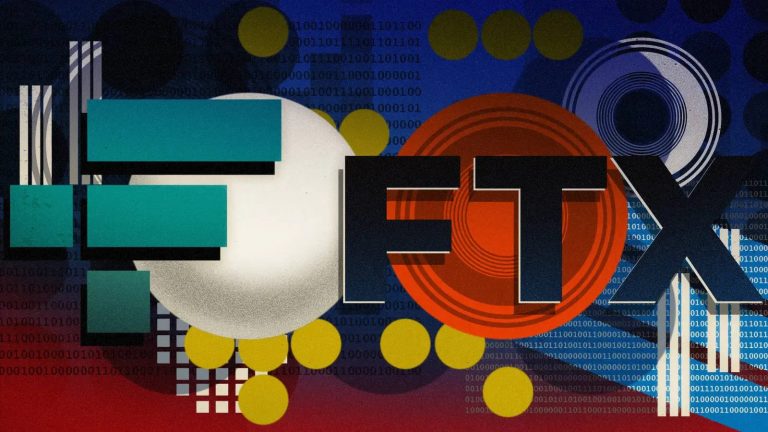
The next FTX distribution of over $5 billion to eligible creditors is scheduled to begin on May 30, 2025. Payments will be processed through BitGo or Kraken, with funds expected to reach creditors within 1 to 3 business days. The upcoming FTX distribution of over $5 billion, set for May 30, 2025, carries significant implications for creditors, the crypto market, and broader financial ecosystems.
Eligible creditors will receive substantial repayments, with FTX aiming to distribute over $5 billion in this tranche. This follows earlier distributions and could provide significant financial relief to those affected by FTX’s collapse in November 2022. The funds, processed via BitGo or Kraken, are expected to reach creditors quickly, within 1-3 business days. Creditors may face tax liabilities on recovered funds, depending on their jurisdiction and whether the repayments are treated as capital gains or income.
Legal complexities, such as disputes over claim valuations, could also delay or reduce payouts for some. The influx of billions in crypto assets to creditors could increase market liquidity. If creditors sell their distributed assets (e.g., Bitcoin, Ethereum), it might exert downward price pressure. Conversely, if they hold or reinvest, it could bolster market confidence. Platforms like BitGo and Kraken, handling the distribution, may see increased trading volumes, potentially boosting their revenue.
Register for Tekedia Mini-MBA edition 19 (Feb 9 – May 2, 2026): big discounts for early bird.
Tekedia AI in Business Masterclass opens registrations.
Join Tekedia Capital Syndicate and co-invest in great global startups.
Register for Tekedia AI Lab: From Technical Design to Deployment (next edition begins Jan 24 2026).
However, they’ll need robust infrastructure to manage the surge in transactions. The FTX case sets a benchmark for handling large-scale crypto insolvencies. The relatively swift distribution (within three years) and high recovery rates (up to 119% of claim values for some creditors) could influence future bankruptcy frameworks. The distribution highlights ongoing debates about crypto regulation. Regulators may push for stricter oversight of exchanges, citing FTX’s mismanagement, while crypto advocates argue the recovery shows the industry’s resilience. Successful repayments could restore some trust in the crypto ecosystem, demonstrating that even major failures can lead to creditor recoveries.
The FTX collapse, tied to fraud by Sam Bankman-Fried, continues to fuel skepticism about centralized exchanges, potentially driving interest in decentralized finance (DeFi) alternatives. Eligible creditors, particularly those with validated claims, stand to recover significant portions of their losses, with some receiving up to 119% of their claim value due to asset appreciation and interest.
Customers with smaller claims or those excluded from the repayment plan (e.g., due to unverified accounts or jurisdictional issues) may receive nothing, deepening their financial losses. This disparity has sparked criticism about the fairness of the bankruptcy process. Crypto proponents view the distribution as a win, showcasing the industry’s ability to recover from crises. They argue it validates the long-term value of digital assets, especially since rising crypto prices have boosted recovery amounts.
Critics, including traditional finance advocates and regulators, see the FTX saga as evidence of crypto’s volatility and risks. They point to the fraud, mismanagement, and uneven recoveries as reasons for tighter controls. The FTX collapse underscores vulnerabilities in centralized exchanges, where user funds can be misused. The distribution, while a recovery milestone, doesn’t erase the systemic risks of custodial platforms.
The event has fueled interest in decentralized platforms, where users control their assets. However, DeFi’s complexity and regulatory uncertainties create a divide in adoption potential. Creditors in jurisdictions with clear bankruptcy laws (e.g., the U.S.) are more likely to benefit from the distribution. Established financial systems also make it easier to process and tax repayments.
Creditors in less-regulated or crypto-restrictive regions may face delays, legal hurdles, or outright exclusion, highlighting global inequities in crypto bankruptcy resolutions. If creditors sell their distributed assets en masse, crypto prices could dip temporarily, affecting traders and investors. A successful distribution could strengthen the narrative of crypto’s resilience, encouraging institutional investment and mainstream adoption over time.
The FTX distribution is a pivotal moment, offering relief to many creditors while exposing divides in outcomes and perspectives. Creditors will see varied recoveries, the crypto market may face volatility, and the industry’s reputation hangs in the balance. The event underscores tensions between centralized and decentralized finance, regulatory approaches, and global access to justice in crypto bankruptcies.



